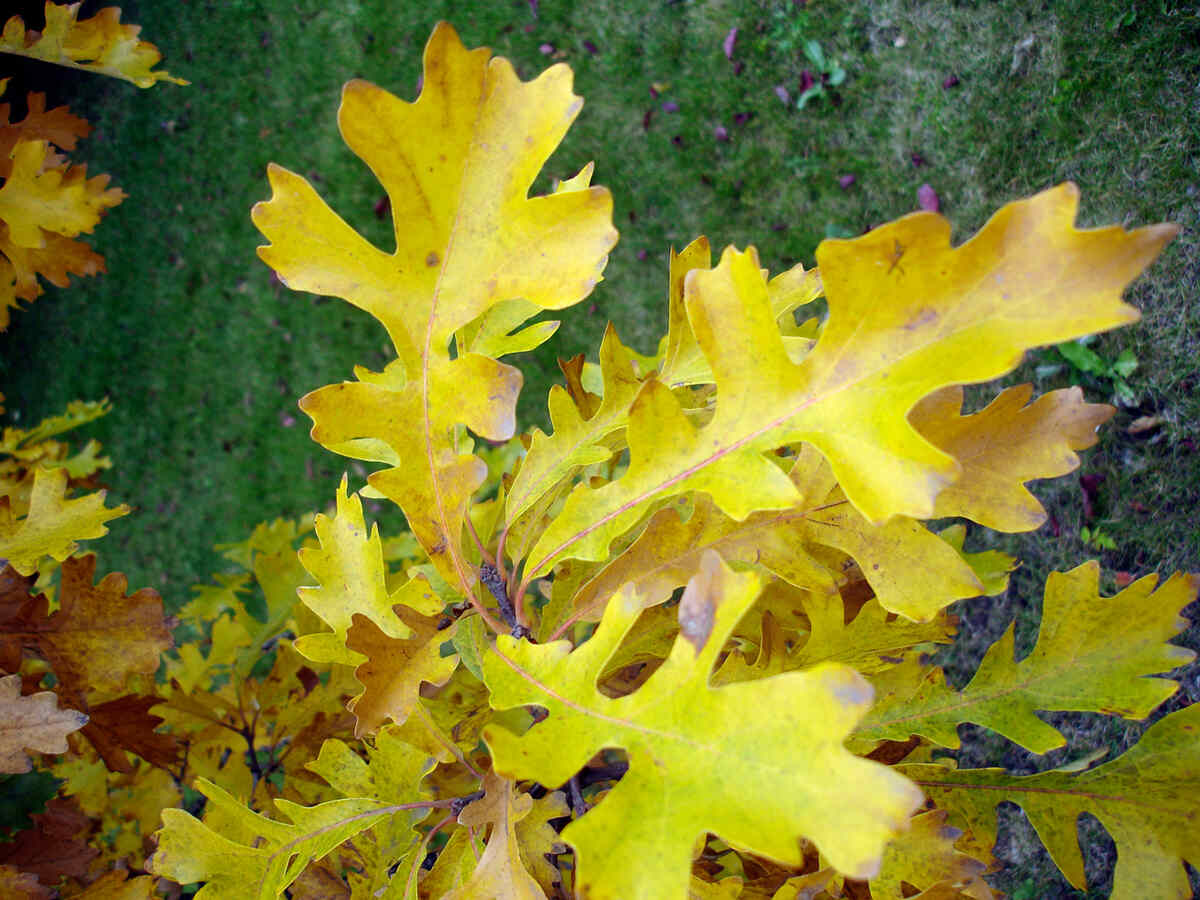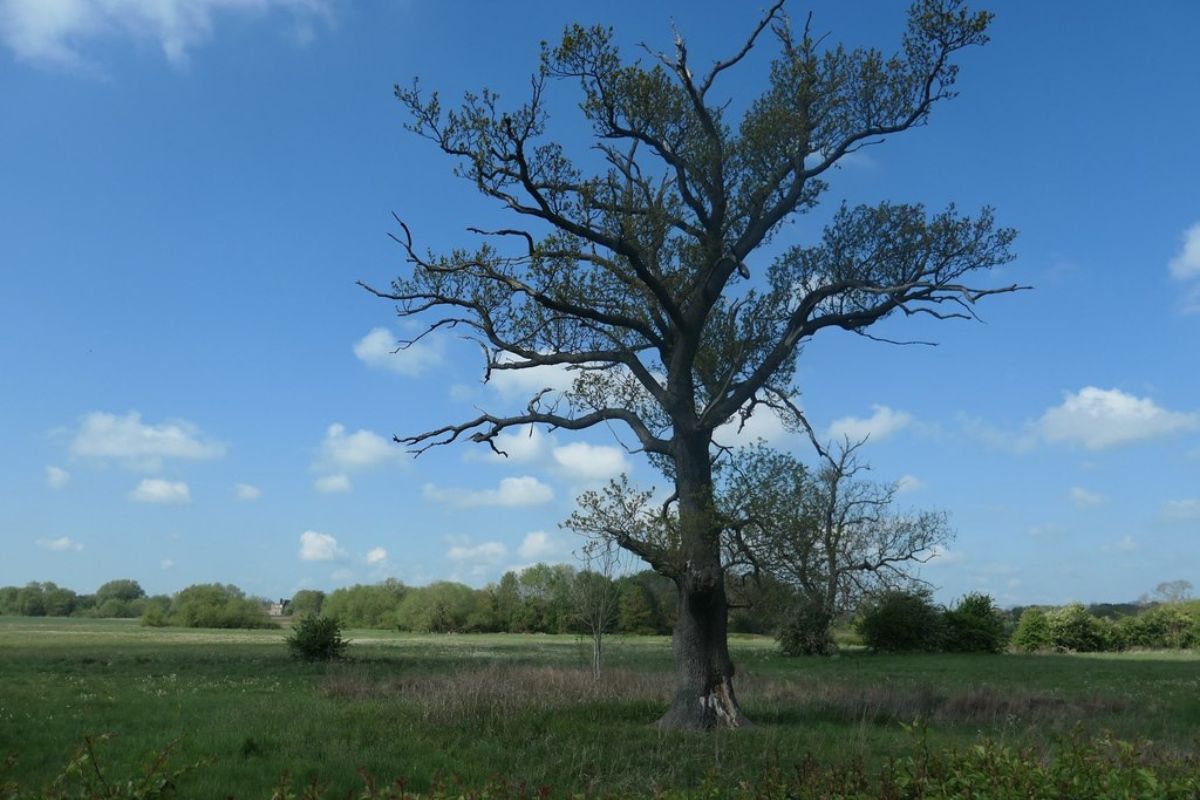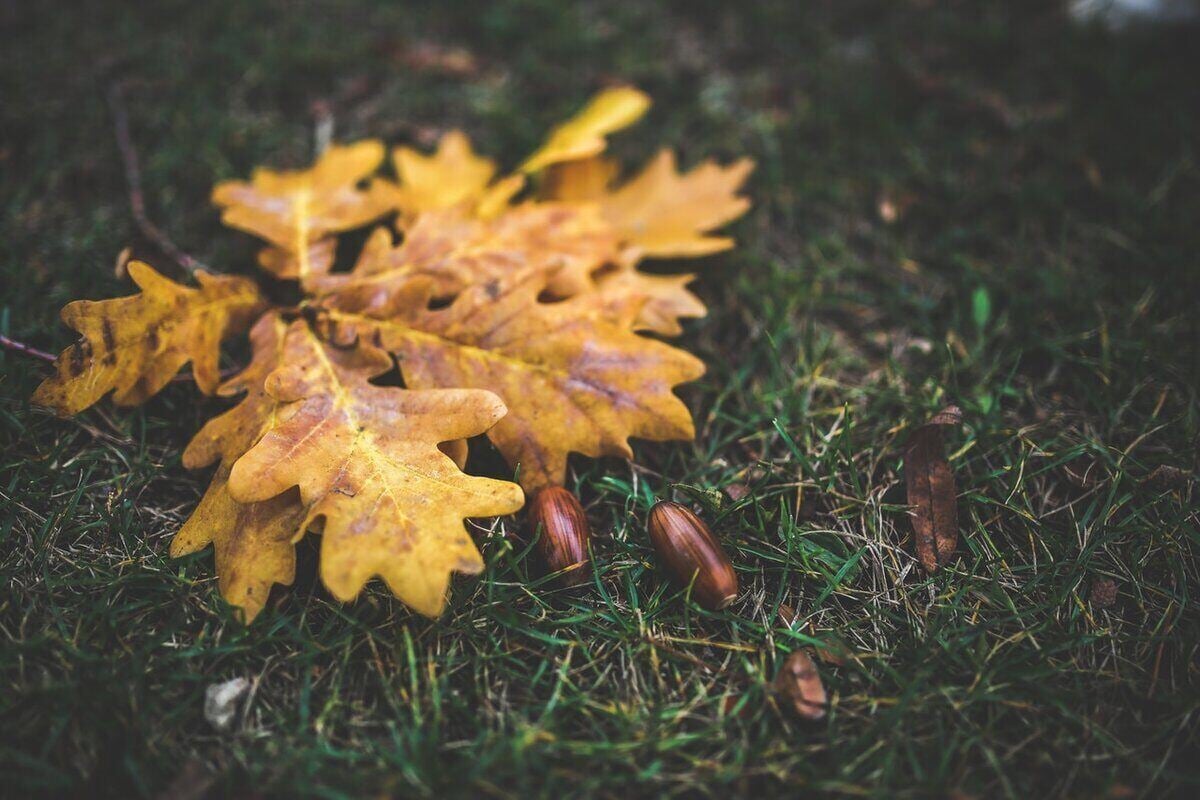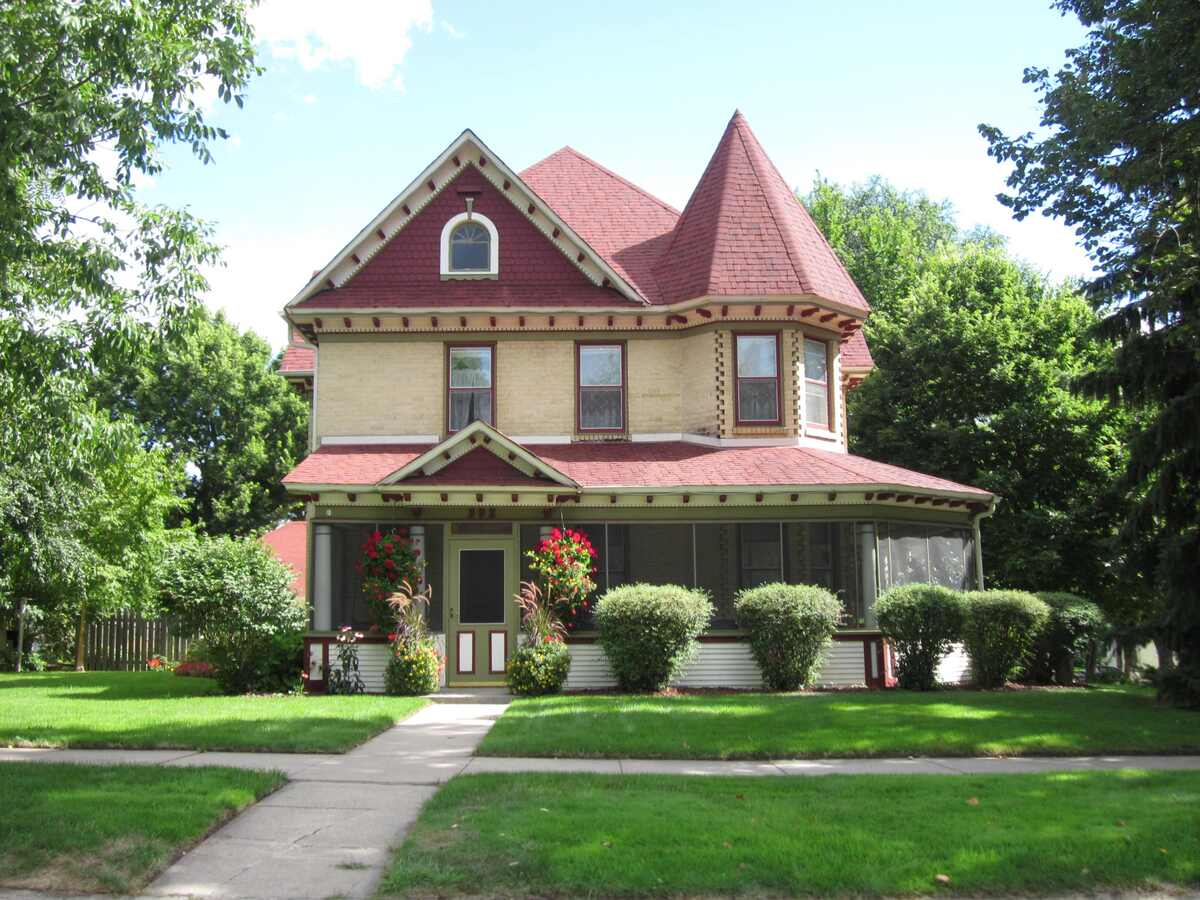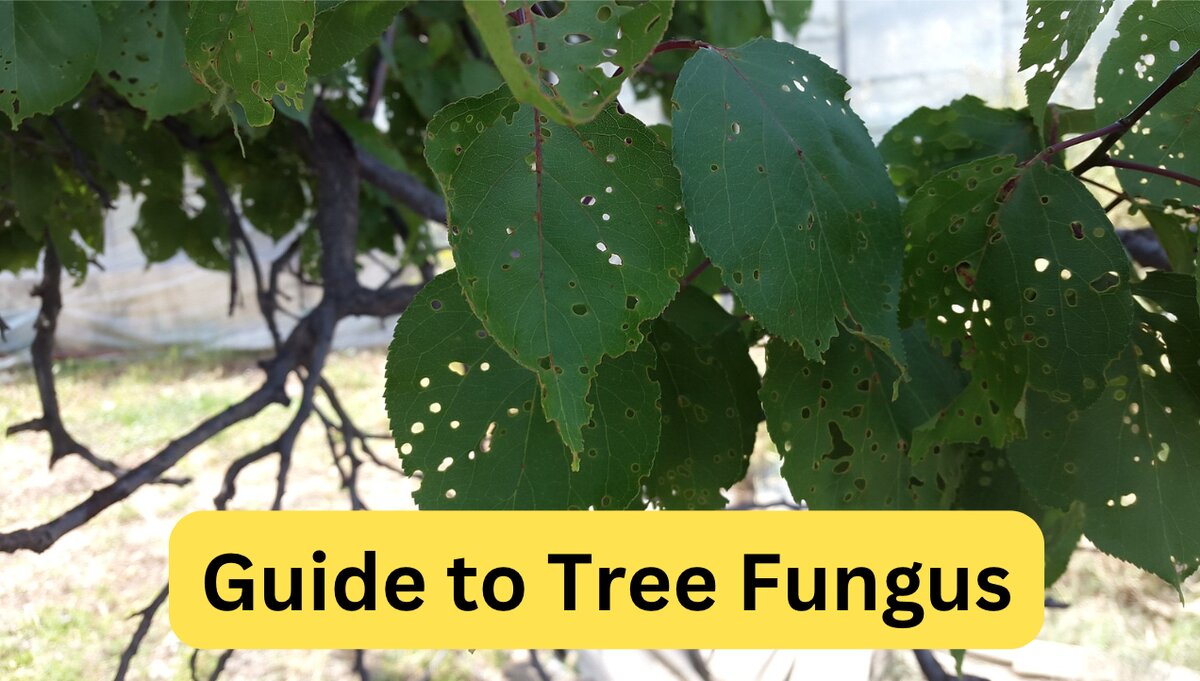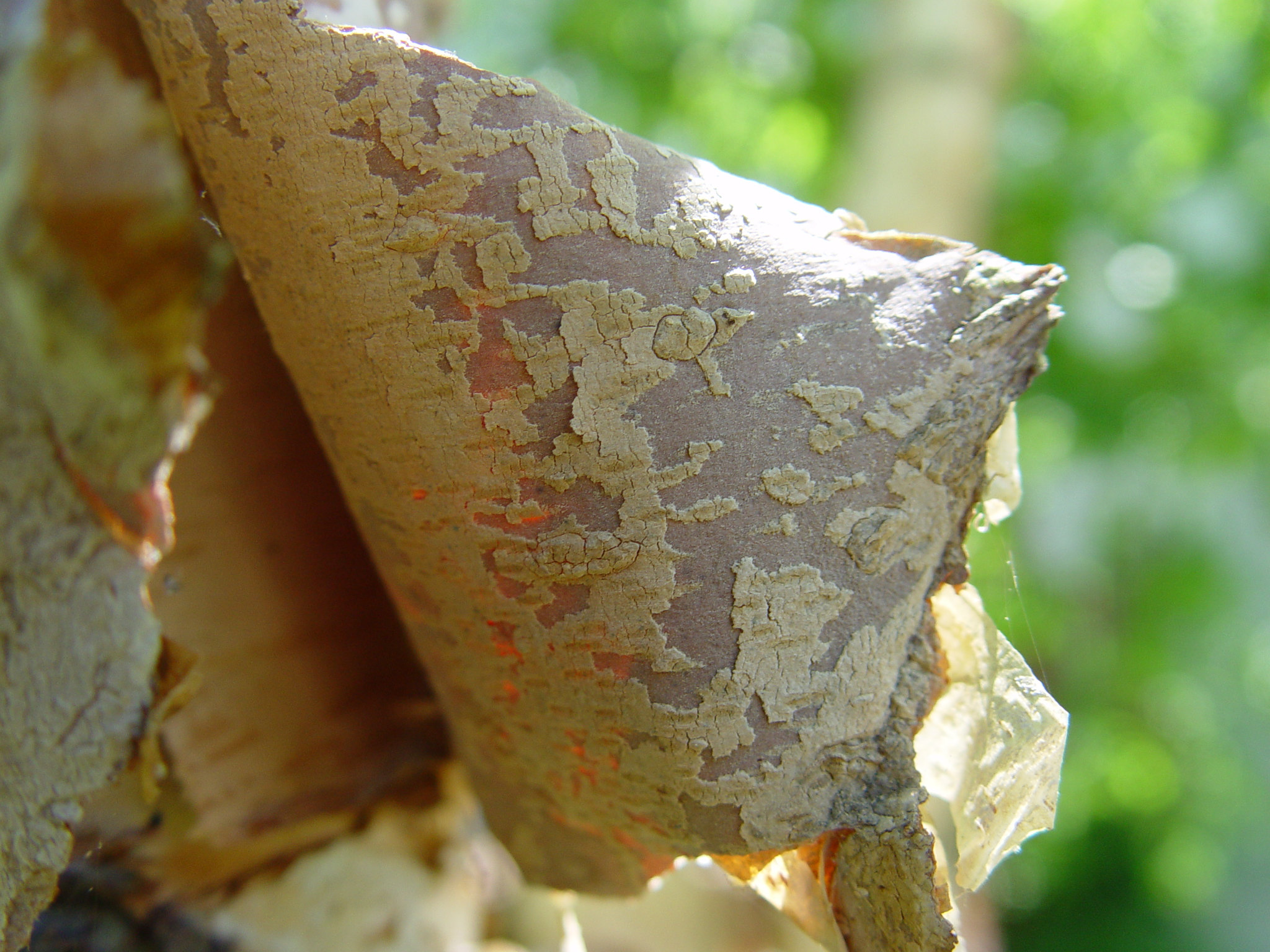
Once deciduous trees drop their leaves in winter, their bare branches are exposed, along with their bark. This gives us an opportunity to appreciate the color and texture of the bark, some of which may be peeling. Peeling bark is a normal feature of some species of trees. But it’s a sign of disease or potential issues in others. Knowing the difference is a vital part of Minneapolis tree care. Read on to learn why some trees in Minneapolis have peeling bark.
Minnesota Trees with Naturally Peeling Bark
Birch (Betula spp.)
The peeling bark of birch trees (pictured above) is one of their most beloved features. People prize paper birch trees for their brilliant yellow fall color and bisque-white, papery bark, which peels to reveal creamy white bark beneath. Yellow birch trees have silvery-bronze bark with a golden cast, which is where the name comes from. River birch trees are also noted for their attractive peeling bark, which sheds to reveal layers of cinnamon, cream, rich brown, and black.
Black cherry (Prunus serotina)
Black cherry trees have thick, scaly bark that turns up at the edges, giving it the appearance of peeling. This is perfectly normal for these trees. But, if areas of this scaly bark are missing, revealing the rusty-brown bark beneath, it may be a sign of disease or insect infestation.
Dawn redwood (Metasequoia glyptostroboides)
The stately, large conifer thrives along waterways and in groves. Its reddish-brown bark becomes darker with age and will sometimes peel off in vertical strips. This peeling is nothing to worry about, as it is a normal part of its regenerative process.
Ironwood/hophornbeam (Ostrya virginiana)
This native tree has exceptionally strong wood — hence the name. The dark green foliage turns bright lemon yellow in the fall. The light, flaky bark creates a pattern of vertical stripes that appear to be shredding at the ends.
Lacebark elm (Ulmus parvifolia)
A large, durable shade tree, the lacebark elm can grow to 50 feet tall and is one of the hardiest elm trees. Prized for its exfoliating bark, the trunk of the lacebark elm is a stunning melange of gray, green, orange, and brown.
Paperbark maple (Acer griseum)
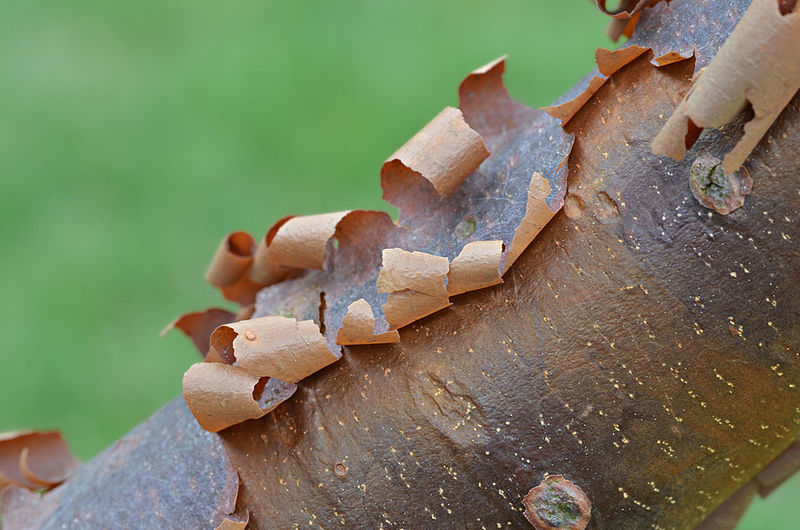
This small deciduous tree is famous for its showy red and orange fall color and its coppery-orange shedding bark. The bark peels off in large curls, which cling to the branches and trunk, creating a lovely contrast to the rosy-brown inner bark of the tree.
Redbud (Cercis canadensis)
Like a snake shedding its skin, the redbud will shed bark from time to time as it grows. Normal shedding will reveal orangish inner bark below. There is nothing to worry about unless the shedding is accompanied by dying limbs and stems and brown leaves.
Scotch pine (Pinus sylvestris)
Older Scotch pine trees may shed bark on the upper portion of the trunk. It’s normal to see orangish-brown, smooth, thin bark peeling or flaking off, while the bark towards the base will form thick, scaly, brown plates.
Shagbark hickory (Carya ovata)
This exceptionally long-lived tree can grow to well over 100 feet tall and is easy to identify by its shaggy bark that peels off from the trunk in long, thick wide strips.
Silver maple (Acer saccharinum)
Peeling bark on a silver maple is nothing to worry about if the tree is mature. Shedding is a healthy and natural process as these fast-growing trees expand.
Sycamore (Platanus occidentalis)
American sycamores are easy to identify by their unusual, jigsaw-shaped bark patterns. One of the largest native North American trees, the bark is a mottled green, brown, and cream shapes that resemble camouflage.
Zelkova (Zelkova serrata)
A handsome shade tree, zelkova trees offer brilliant foliage. Mature trees have grayish bark that exfoliates to reveal the red-brown bark characteristic of young zelkovas.
Other Causes of Peeling Bark
Fire Blight
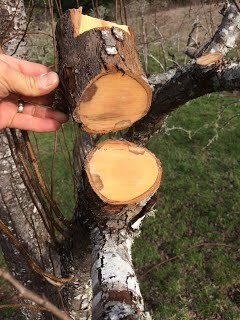
“In Minnesota, fire blight is seen most often on apple, crabapple, and mountain ash trees,” says The University of Minnesota Extension’s Michelle Grabowski. “Bark on branches or trunks can appear sunken, dark, cracked, or peeling,” she adds. This disease is the result of a bacterial infection that you can treat by pruning affected branches. If it has moved to the trunk of a tree, it is incurable, and you’ll need to remove the tree along with the stump.
As it is with the soil under your lawn, it’s important to test the soil around susceptible trees. Make sure you don’t overdo it with nitrogen fertilizer, which can increase the risk of infection.
Frost
Sudden swings in temperature can cause the bark to fall off a tree, usually on the south or southwest side. This is normal, and there is no need to panic.
Stress
Trees are sensitive to drought, heat, and unusual weather. If the bark peeling is accompanied by other symptoms, it may be an issue.
Squirrels
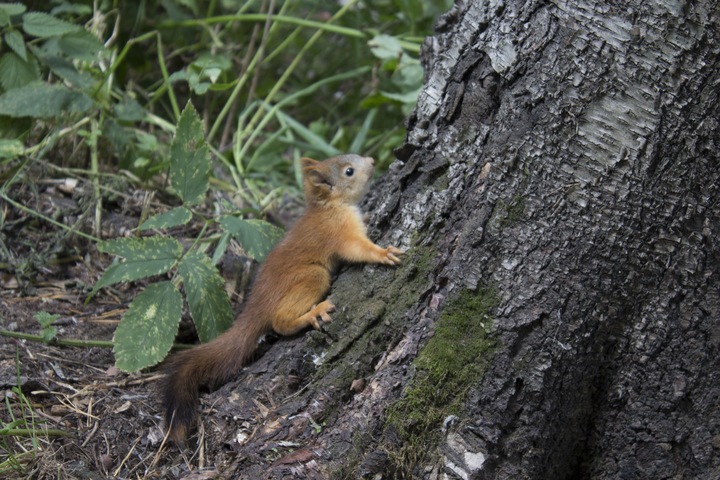
When squirrels begin to peel the bark off of trees, it can become a major problem. A little damage here and there is OK, but if the bark falls off in a continuous ring around the trunk of the tree, it is “collared” and the tree will die. Pay attention and make sure that squirrels are not collaring any of your mature trees.

Michelle Grabowski is a University of Minnesota Extension Educator and an expert in horticulture and plant pathology.
She works with home gardeners, commercial fruit and vegetable growers, lawn and landscape professionals, arborists, and other members of the green industry.
Main image credit: Scott Robinson, CC 2.0.
